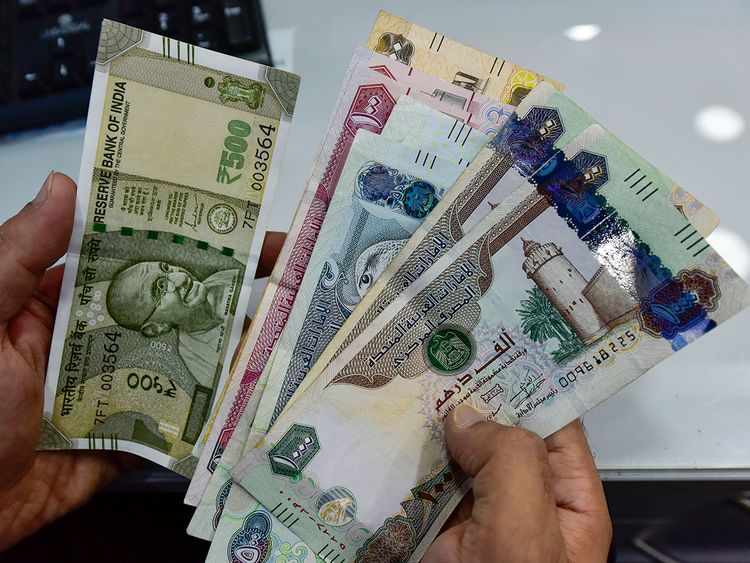UAE Exchange Houses Begins Implementing 15% Fee Hike on Remittances

UAE residents are now facing a 15% increase in fees, equating to Dh2.5, for remittances processed through physical currency exchange outlets. This fee hike, the first in five years, was initially planned for early April but took full effect in late April or May, allowing customers time to adjust.
Despite the increase, remittances through physical outlets remain strong, according to industry insiders. Notably, the hike does not affect transactions made through banks or digital platforms such as e& money, du, and various fintech services.
Even with the fee hike, UAE’s remittance rates remain within the 5% target set by the UN’s Sustainable Development Goals for 2030.
Promotions and Customer Reactions
To counter the fee hike, currency exchange houses, banks, and fintechs are preparing significant promotions aimed at retaining customers and attracting new ones with cheaper remittance options. These promotions will likely include limited-time ‘zero fee’ offers, encouraging customers to send larger amounts and potentially transitioning to digital payment methods over time.
The Foreign Exchange and Remittance Group (FERG) led extensive discussions before implementing the fee hike, citing rising operational costs for currency exchange houses. The increase, however, is confined to transactions made at physical outlets, sparing digital and banking remittances.
Customer Behavior and Industry Trends
According to Antony Jos, Executive Director at Joyalukkas Exchange, the Indian diaspora sending over Dh1,000 is the group most vocal about the fee increase. Nonetheless, most customers are completing their transactions despite the hike. The key question now is whether these customers will continue using physical outlets in the coming months, as new trends in remittance behavior begin to emerge.
For now, the fee increase has not led to major disruptions, with physical branches experiencing minimal chatter about the hike.





